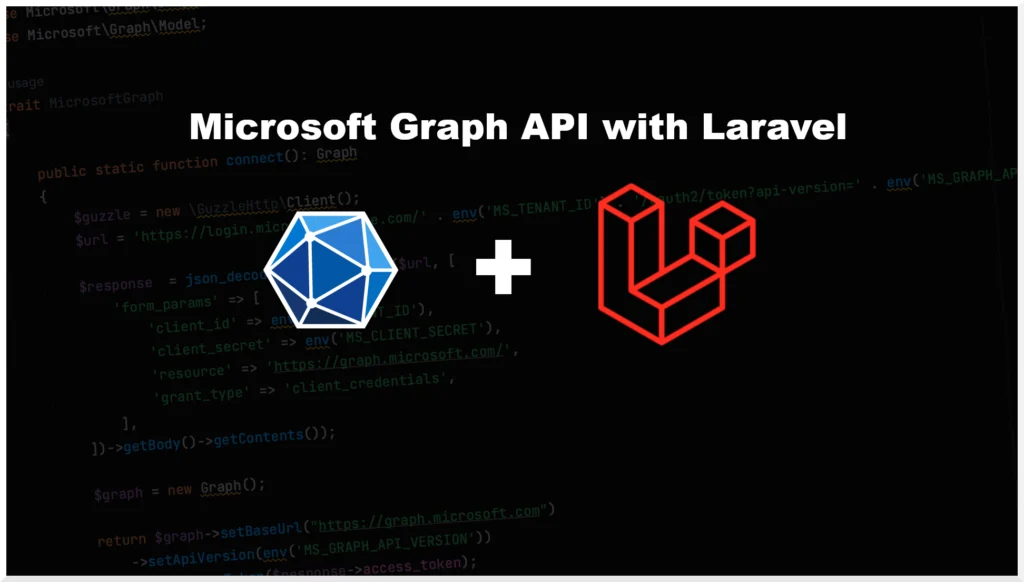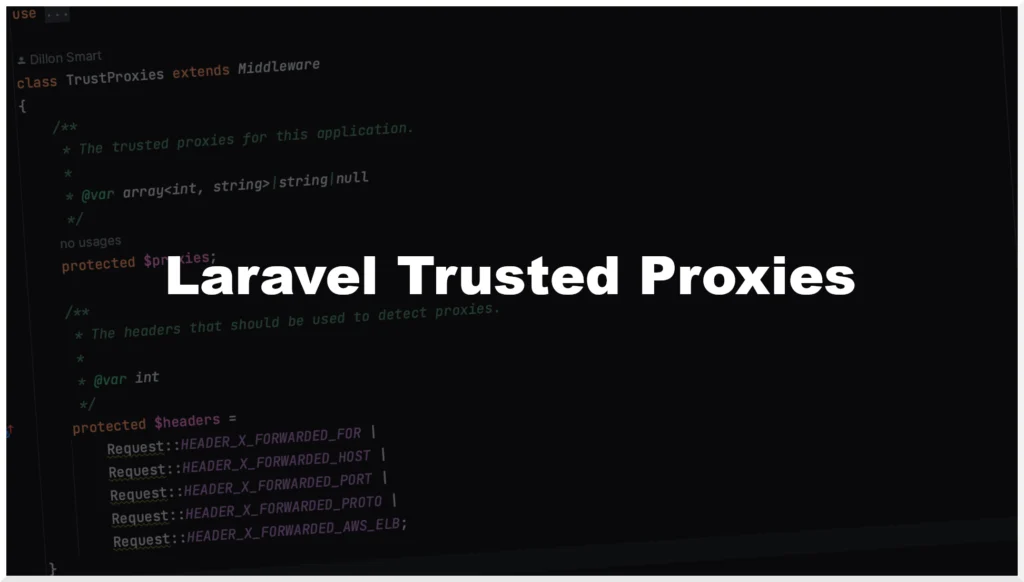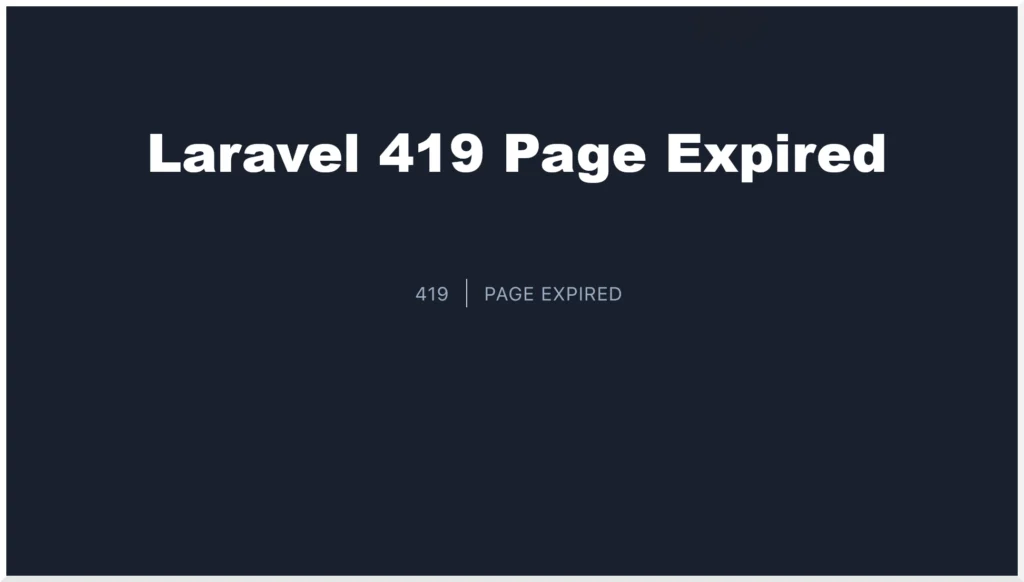Laravel
Laravel is a free, open-source PHP web framework, and used for the development of web applications following the model–view–controller architecture.
Laravel 9: How to Add a New Column to an Existing Table in a Migration
Updated 1st October 2023
Laravel has a number of features designed to make developing web applications easier and faster. Migrations in Laravel allows us to manage the structure of our databases. In this post, you will learn how to add a new column to an existing table in a migration. Create a new migration file First, we need to
How to use Laravel Factory in Database Seeders
Updated 16th August 2022

Laravel factories are a great way to add test data to your database in bulk. This saves time, removing the need to write methods to insert data for each column manually. Follow along to learn how to use Laravel Factory in Database Seeders. To get started, create a new model. The model we will create
How to access Laravel env variables in Vue.js | Laravel MIX
Updated 16th August 2022
Using Laravel and Vue together is a common approach as it allows the MVC framework to handle the logic, and an application-like user interface for the frontend. Learn how to use Laravel environment variables in Vue.js. MIX Environment Varaibles Vue js files are compiled by Laravel Mix. To have Mix compile your environment variables from
2022 PHP Usage Statistics
Updated 16th August 2022

PHP: Hypertext Preprocessor is the most popular language used on the web. Around 77.6% of all websites run PHP in some way as of April 2022. PHP has been the driving force behind the growth of the web, but is it slowly dying? Let’s look at some PHP usage statistics. Why is PHP so popular?
How to use Microsoft Graph API with Laravel
Updated 1st January 2024

Microsoft Graph is a gateway to data and intelligence within Microsoft 365. Microsoft Graph is great to build apps for organizations and consumers using the vast amount of data stored in Microsoft 365. In this post, we are going to integrate with Microsoft Graph API in Laravel to get all users assigned to your tenant.
Alternative ways of doing the same things in Laravel
Updated 29th March 2022

Laravel is a large framework, with contributions coming from almost 2000 developers worldwide. Over its 10 year journey, there have been additions to the framework to do the same thing, only shorter. In this post, I have highlighted some alternative ways of doing the same things in Laravel. How to get the authenticated users id
Laravel Undefined Constant header_x_forwarded_all after upgrading Laravel version
Updated 1st January 2024

Upgrading to a newer version of Laravel can be exciting, but it can also be nerve racking if you are unfamiliar with the changes in newer version, especially if your upgrading multiple times. Have you received an “Undefined Constant” error in Laravel after upgrading? In this post, I will help you understand the changes under
Laravel 419 page expired after login [SOLVED]
Updated 1st January 2024

Laravel is the most popular PHP framework, dominating the space since 2014, and the chosen framework by many new PHP developers. Many new developers run into the same errors when first using the framework, the most common being a 419 Page Expired error on a form post. What is Cross-Site Request Forgery (CSRF)? Cross-site request
Laravel php artisan make:auth command not defined
Updated 11th August 2022

Laravel 6.0 LTS came with a lot of changes to the framework, apart from moving the the new Semantic Versioning, Laravels famous php artisan make:auth command was dropped. php artisan make:auth Before the Laravel make:auth command would create all the Migrations, Models, Controllers and Routes needed to easily setup an authenticatable application in seconds. However,
Laravel – Specified key was too long Error
Updated 18th May 2021
With Laravel 5.4, some users may be hit with the Laravel Specified key was too long Error when migrating the database. This is because in the latest Laravel update, the developers made changes to the default database charset, making it utf8mb4. If your using MySQL 5.7.7 or higher, you won’t encounter this issue, however older versions of MySQL